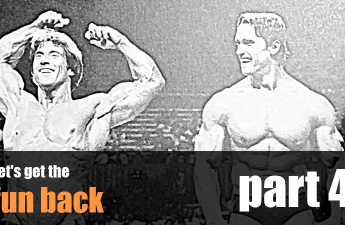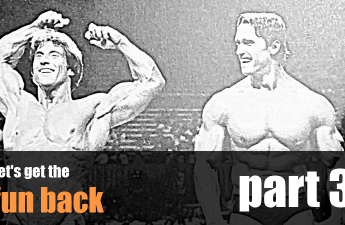Do advanced users need an app that recommends what to train and when? Isn’t that a disregard for their experience? Or can there really be aspects that are clearly to be seen as enrichment – also or even especially for advanced athletes?
You know best how to train yourself?
Of course you do – you’ve been training for years, and quite successfully. So why use an app that deals with regeneration? Don’t you know best how long you have to pause between two training sessions of a muscle group?
What makes training planning so difficult?
It would be easy if every muscle section was ready for the next training stimulus in – let’s say – 48 hours. However, both practical experience and studies since the 1990s have shown that this is not the case: Not all muscle groups recover at the same rate. And that’s not all: Which exercises put how much strain on which muscles? Bench press, for example, is clearly regarded as a chest exercise, but it also puts strain on both the rear upper arm and the front shoulder area. And depending on the angle of the bench’s inclination, the load distribution to the muscles involved changes.
Which approaches have been chosen so far?
Bodybuilders have been working successfully with split programs for decades to ensure that every muscle can recover sufficiently between two training sessions. This is the only way to ensure that the desired build-up is possible. However, which assisting muscles are put under less or more strain depending on the exercise? And how should this be taken into account when planning the training days and the exercises to be performed? The matter seems to be more complex than you might think at first glance.
What additional options does myTRS offer you?
The myTRS web app has a very clear focus: it focuses on the question of how to optimize the success of a build-up by planning your split training on a daily basis. The basic idea: a clearly regeneration-based workout. In other words: the selection of the exercises to be completed today depending on the current condition of your muscles.
So what does myTRS offer you in concrete terms? In short: an additional orientation. Both the body diagram and the preview of the next days show you in the traffic light system which muscle parts are in which condition when. And this is where your experience comes in: Not the app, but you yourself decide which conclusions you draw from these representations and when you train what again. So: Your personal assistant who provides valuable suggestions for today’s training day. But you decide for yourself what you want to do.



